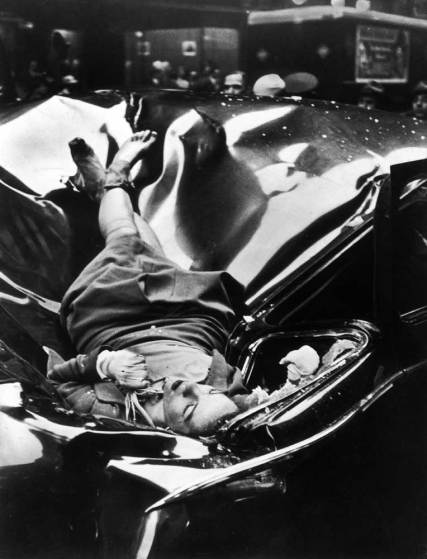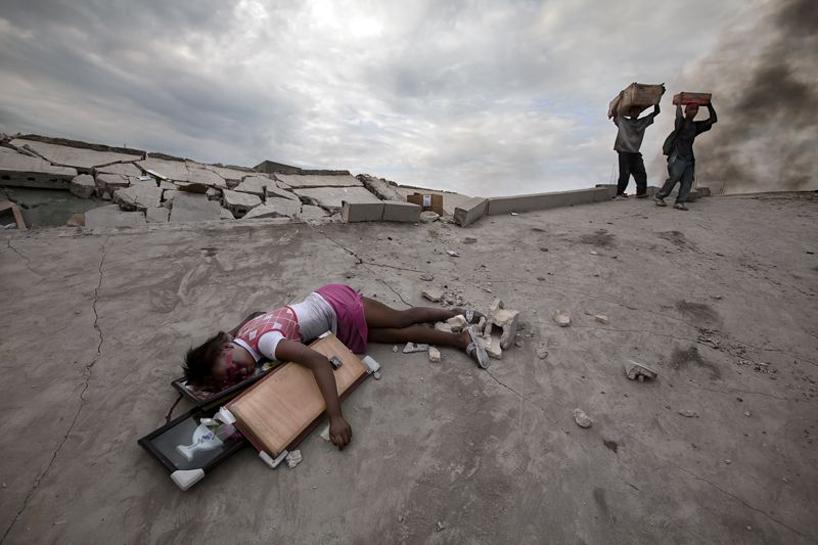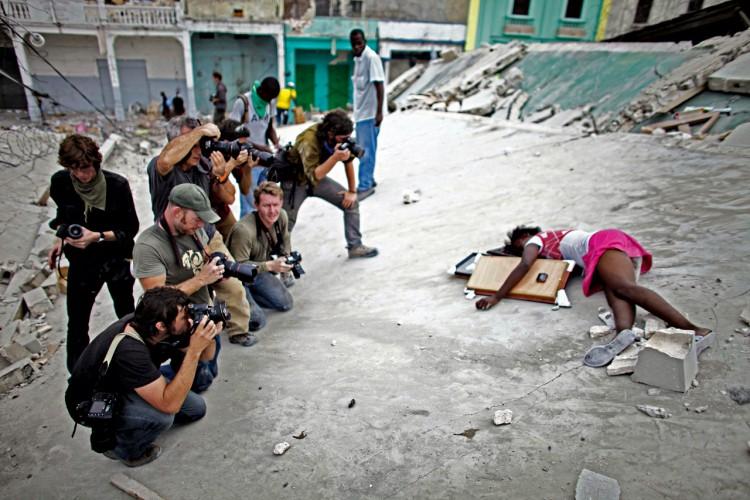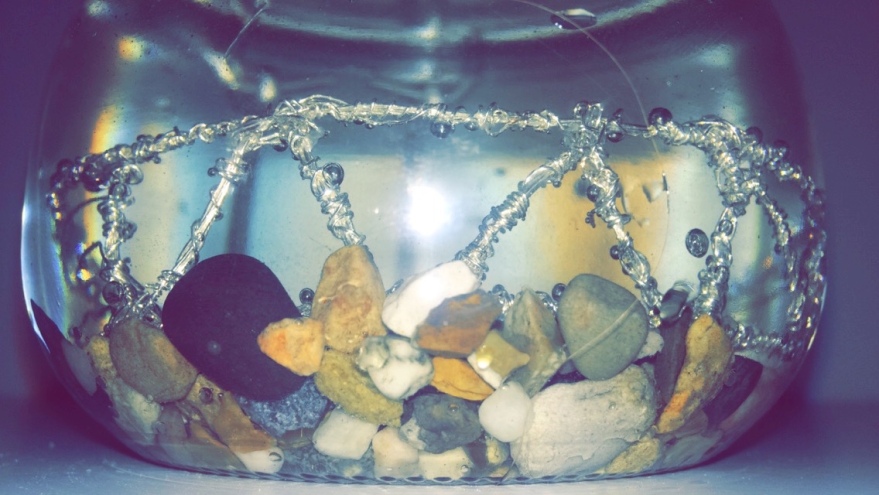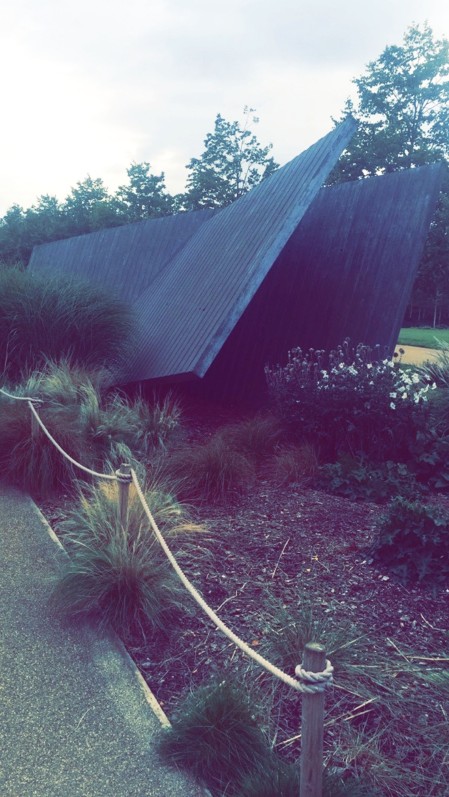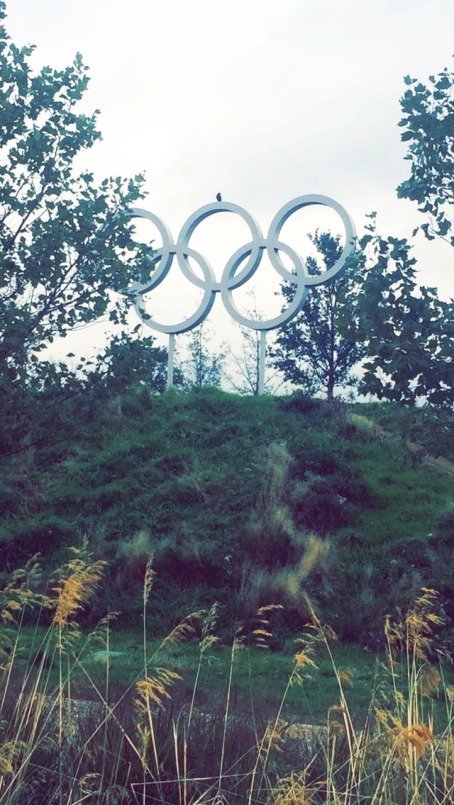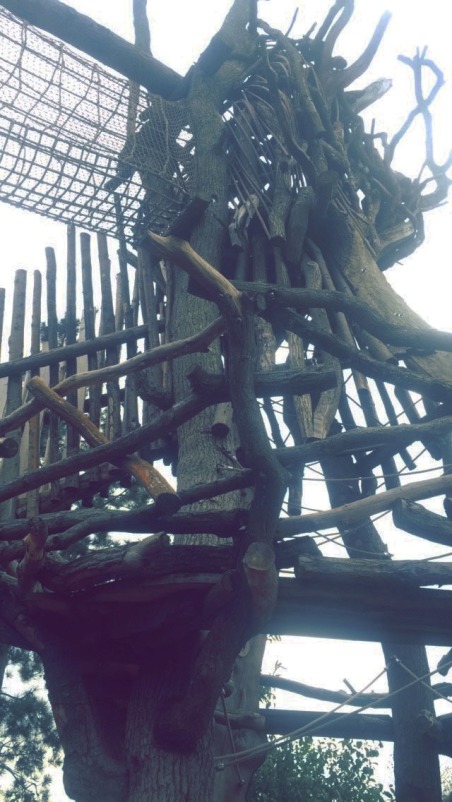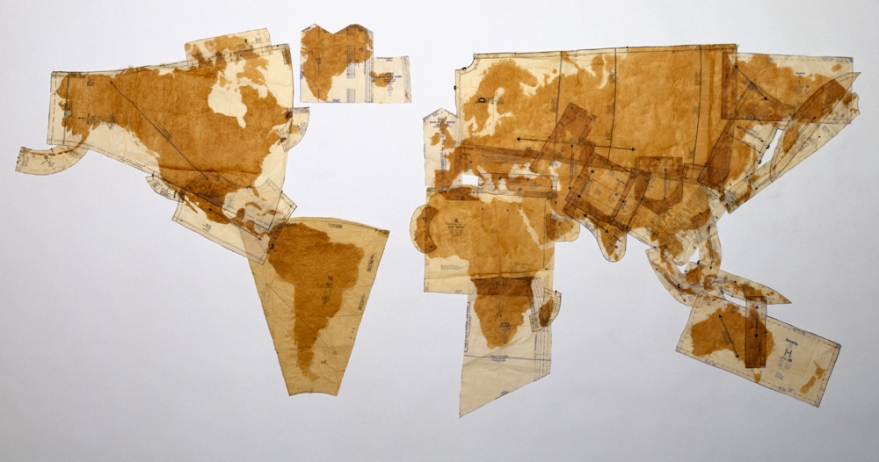Mini Block 3 Brief Introduction
“Design can be described as falling into two very broad categories: affirmative design and critical design. The former reinforces how things are now; it conforms to the cultural, social, technical and economic expectation. Most design falls into this category. The latter rejects how things are now as being the only possibility; it provides a critique of the prevailing situation through designs that embody alternative social, cultural, technical or economic values… Critical design or design that asks carefully crafted questions that make us think, is just as difficult and just as important as design that solves problems or finds answers.” – Dunne and Raby, Design Noir the Secret Life of Electronic Objects, 2001
This week we are back with our original tutors for CCS Dipti and Tom who introduced our new brief, Critical Design: Theory into Professional Practice. Learning about critical theory and the concepts of critical design. Helping us with this mini block and next years dissertation.
We were set homework to take a look at two readings, States of Design 04: Critical Design, by Paola Antonelli and MIRZOEFF, Plug-In Theory. A clear introduction to theoretical ideas and thinking.
After reading both we were asked to answer the question; What connections can you make between the ideas in both readings? and map the answers out by creating an A4 poster. I created my map using a very clear colourful key which helped to categorise my answers.
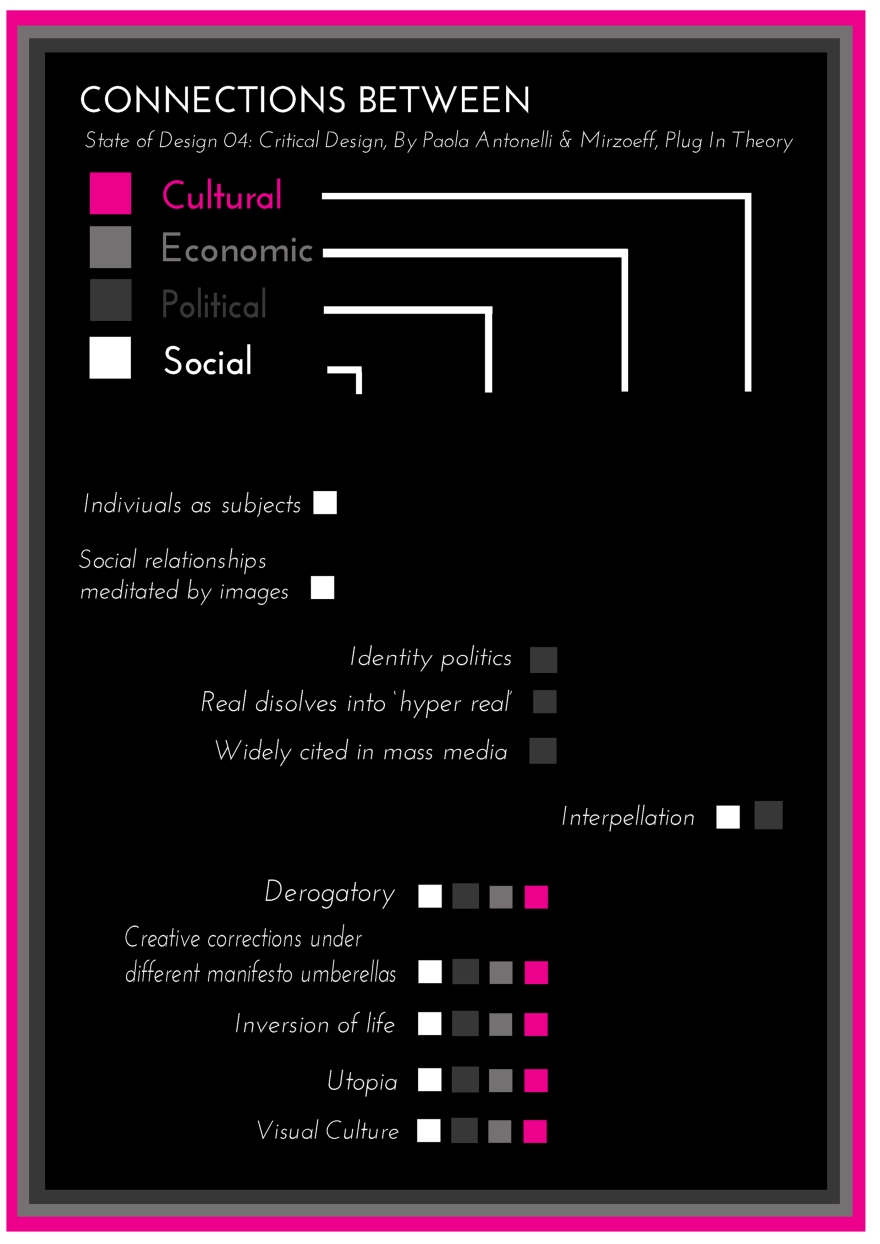 We were also asked to bring to the seminar a list of examples of Criticality.
We were also asked to bring to the seminar a list of examples of Criticality.
- Experiments
- Conclusions
- Laws
- Decisions
- Beliefs
- Physics
Last but not least we had to watch two videos linked to the theme of Critical Design one titled Alice’s Restaurant, a popular song by Alro Guthrie which was released in 1967 and Benjamin Zepphaniah, Britain’s political poet performing his poem titled ‘To Do Wid Me’.
All of the above readings and videos have helped me to have a clearer understanding of Critical Design thinking how it can be very closely linked with all things Cultural, Economical, Political and Social.
